Multiple sources indicate that the OPEC+ alliance is engaged in serious consultations about implementing an additional oil production increase starting in July. According to Bloomberg, one of the proposed options is to raise output by around 411,000 barrels per day, although no final agreement has been reached yet.
This comes at a time when global markets anticipate stronger demand in the second half of 2025, supported by a gradual economic recovery and greater stability in energy markets. In this context, some OPEC+ members believe that accelerating the pace of output increases may be necessary to meet projected demand.
Reuters reported that OPEC+ is also considering a broader plan to increase production by as much as 2.2 million barrels per day by November, through a series of gradual hikes likely beginning in July. This strategy is seen as an effort to strike a balance between price stability and meeting growing global energy needs.
On the other hand, oil prices remain under persistent pressure, registering declines for the third consecutive session. This followed data from the U.S. Energy Information Administration (EIA) showing an unexpected rise in crude inventories during the week ending May 16, with a build of 1.3 million barrels contrary to expectations of a similar-sized drawdown. Gasoline and distillate stockpiles also rose, indicating weakening fuel demand.
Nevertheless, some analysts expect a seasonal boost in consumption with the start of the U.S. summer driving season, which begins after Memorial Day. This could help absorb some of the inventory surplus. Additionally, U.S. oil producers may increase exports to Europe and Asia to rebalance local supply.
In parallel, geopolitical tensions surrounding energy markets continue to rise. The fifth round of nuclear negotiations between the United States and Iran is scheduled for May 23 in Rome, with Oman acting as a mediator. The talks are focused on uranium enrichment a point of major contention between the two sides. Any progress could pave the way for easing sanctions on Iran, potentially increasing its oil exports to global markets.
Markets are closely monitoring these developments, especially given the current output levels from OPEC+. A swift return of Iranian barrels to the market could further contribute to oversupply, placing additional downward pressure on prices in the short term.
Meanwhile, Ukraine announced its intention to urge the European Union to impose a new package of sanctions on Russia. These would include asset seizures and stricter measures on buyers of Russian oil. If enacted, this move could disrupt further flows of Russian crude potentially offsetting some of the expected surplus but also adding a layer of uncertainty to global energy markets.
Stay informed about global markets through our previous analyses. and Now, you can also benefit from LDN company services via the LDN Global Markets trading platform.







